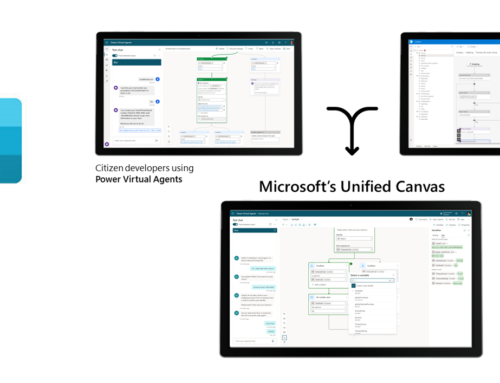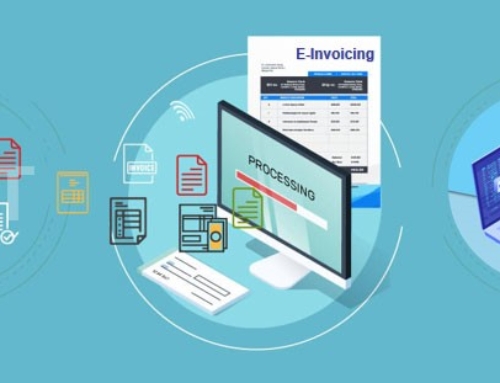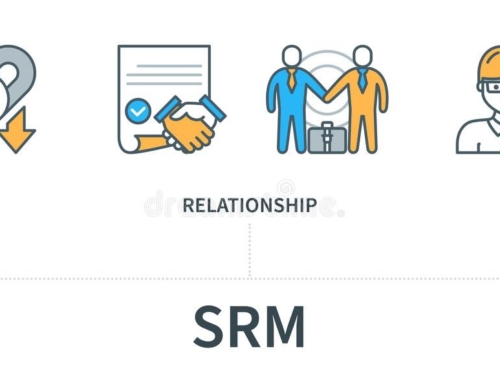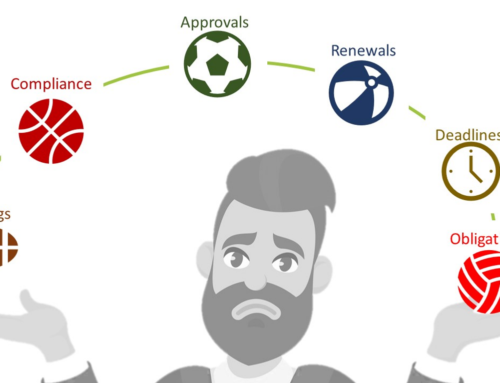After doing some research and talking to industry experts, here are some key takeaways on what we should do to embrace AI while avoiding the hype:
-
Understand the Limitations of AI:
We must understand the limitations of AI and be realistic about what it can and cannot do. AI is not a silver bullet that can solve all problems. We need to focus on specific use cases where AI can provide real value.
-
Define Clear Objectives:
To effectively use AI, we must define clear objectives and metrics for success. We need to focus on specific business problems that can be solved with AI and set realistic goals for what we want to achieve. This will help us avoid chasing hype and instead focus on delivering real value.
-
Build a Strong Data Foundation:
AI requires large amounts of high-quality data to be effective. We need to invest in building a strong data foundation, including data collection, storage, and processing capabilities. We also need to ensure that our data is clean, accurate, and unbiased, as this will be critical to the success of our AI initiatives.
-
Develop Robust Governance Frameworks:
To ensure that our AI systems are transparent, accountable, and ethical, we need to establish robust governance frameworks. This includes establishing clear policies for data privacy, security, and bias mitigation, as well as regular auditing and monitoring of our AI systems.
-
Invest in Talent:
AI requires a skilled workforce to develop, implement, and manage AI systems effectively. We need to invest in talent, including data scientists, machine learning engineers, and AI architects, to build a strong AI team. We also need to provide ongoing training and development opportunities to keep our employees up-to-date with the latest AI technologies and best practices.
-
Continuously Evaluate and Refine:
Finally, we need to continuously evaluate and refine our AI systems to ensure that they are delivering the desired results. We need to use metrics to measure the effectiveness of our AI systems and adjust our approach as needed. This will help us stay focused on delivering real value and avoid falling for the hype around AI.
To illustrate how these key takeaways can be applied in practice, let’s look at some case studies from both global and Indian companies.
Global Case Studies:
-
Amazon –
The retail giant uses AI extensively in its operations, from predicting customer demand to optimizing delivery routes. Amazon’s AI systems analyze vast amounts of data to identify patterns and insights that drive business decisions.
-
Netflix –
The streaming service uses AI to personalize its recommendations to individual users. By analyzing data on users’ viewing history, preferences, and behavior, Netflix’s AI systems can recommend content that is tailored to each user’s interests.
Indian Case Studies:
-
HDFC Bank
-
Mahindra & Mahindra
– The Indian bank has implemented an AI-based chatbot named “Eva” to assist customers with their queries. Eva can understand natural language and provide personalized responses to customers in real-time, freeing up bank staff to focus on more complex tasks.
– The Indian automaker has implemented an AI-based quality control system in its manufacturing plants. The system uses computer vision and machine learning to identify defects in auto parts, reducing the need for manual inspection and improving quality control.
As I reflect on these case studies, I am are reminded that embracing AI requires a holistic approach that encompasses people, processes, and technology. By focusing on clear objectives, building a strong data foundation, establishing robust governance frameworks, investing in talent, and continuously evaluating and refining our AI systems, we can harness the true potential of AI while avoiding the hype.
At the same time, we must also be mindful of the challenges and risks associated with AI, such as data privacy, security, and bias. We need to be proactive in addressing these challenges and implementing measures to mitigate these risks.
In conclusion, embracing AI is not just about adopting the latest technology trends, but rather about taking a thoughtful and strategic approach that aligns with our business objectives and values. By doing so, we can use AI to drive innovation, enhance customer experiences, and create value for our stakeholders.
Until next time,
CIO



































